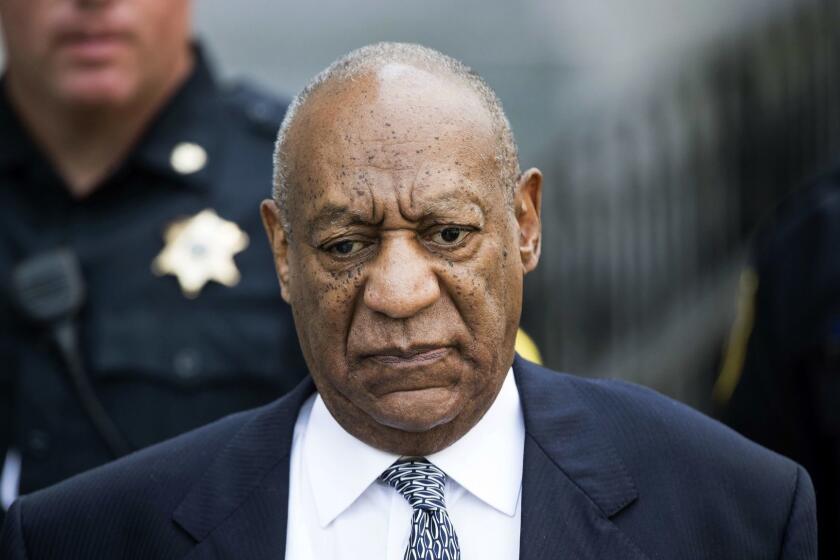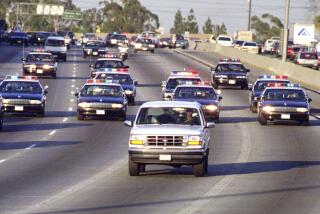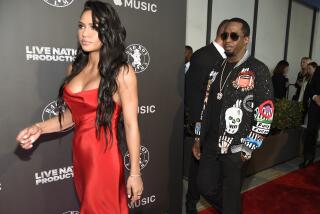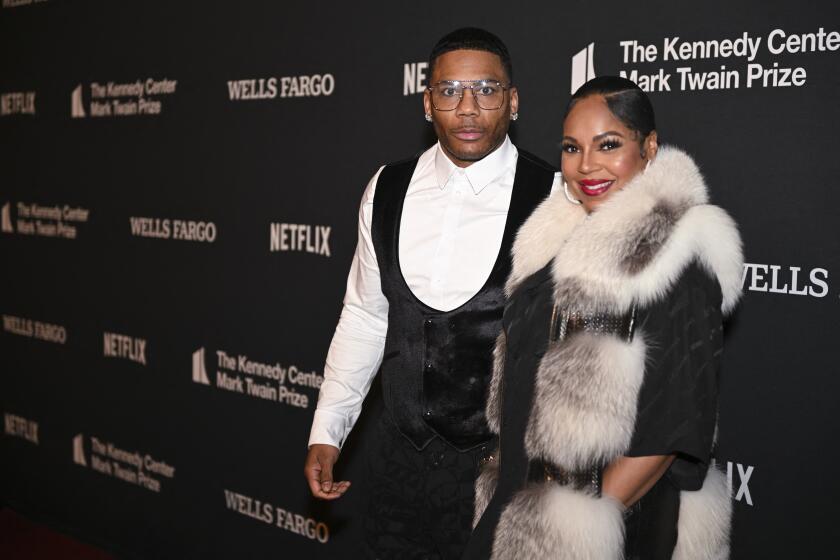I first covered Cosby’s accusers in 2005. Why’d it take so long for America to believe them?
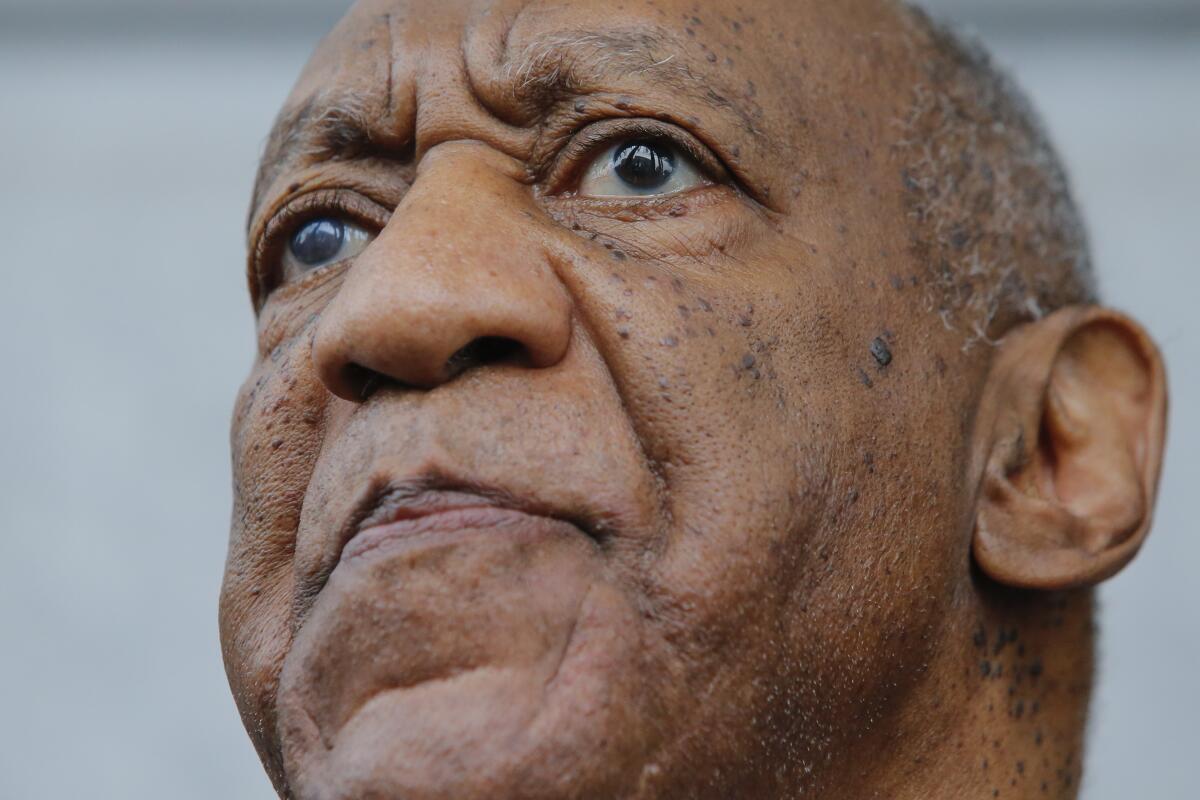
Andrea Constand first went to police in her native Canada saying Bill Cosby drugged and sexually assaulted her 15 years ago this week.
I’ll never forget the day I first learned about it.
It was Jan. 20, 2005, a Thursday, just after 5 p.m. I was a crime investigative writer for the Philadelphia Daily News, and the local NBC affiliate had just aired a story about it.
So my boss assigned it to me.
I had no idea then that I’d spend much of the next 15 years tracking Andrea’s story, and the stories of the dozens of other women who would eventually accuse Bill Cosby of drugging them and of engaging in sexual misconduct, through the years when it seemed like no one would ever listen, and through the years when America finally did.
>> Listen to “Chasing Cosby” on Apple Podcasts and Spotify.
I was a Cosby fan when this all began.
I grew up watching “Fat Albert and the Cosby Kids” on Saturday mornings with my older brother. While I’m not sure I truly understood the life lessons Bill Cosby was trying to teach us, I loved the quirky humor and often quoted lines from the show to my brother. And when “The Cosby Show” debuted my senior year in high school, the same year my brother died in a car accident and my mother fell into a deep pit of grief, one she never truly returned from before she died from ovarian cancer 10 years later, it quickly became my favorite show. Its warm, wholesome humor gave me comfort at a time in my life when there wasn’t a lot of that to go around.
‘Chasing Cosby,’ a new podcast, collects the firsthand accounts of women who say they were drugged and assaulted by Bill Cosby.
So when I first learned Cosby had been accused of drugging and sexually assaulting a former Temple University employee at his home outside Philadelphia in January 2004, I didn’t want to believe it. “Not ‘the Cos,’” I thought to myself.
But I quickly put aside my personal feelings and set out to find the truth. I knew who Cosby was, or who I thought he was anyway, but who was this woman? And how did she know him? Her name wasn’t being released, which is the norm for alleged sexual assault victims, though that would quickly change with this case. But I had a source at Temple University who revealed her identity to me. More than that, they told me what a stellar reputation she’d had there during her nearly three-year tenure as director of operations for the women’s basketball team. They were all shocked. They didn’t know what to make of the allegations, but my source understood how much courage it took for someone to go to police with an allegation about Cosby, especially if they were employed by Temple. “You don’t say anything about Cosby and Temple without thinking really carefully about it first,” is how my source put it.
And Temple University is how they met. A donor introduced Constand to Cosby at a basketball game in the fall of 2002. Not only was Cosby one of the university’s most famous alums and a member of the Board of Trustees, he was also close with Constand’s boss, Temple women’s basketball coach Dawn Staley. Why shouldn’t she trust him? While she viewed him as a mentor and grandfather figure (she was 29 and he 65), he would later say in his own deposition that he had a “romantic interest” in her from the very beginning, though he admits he did not disclose that to her.
Having Constand’s name allowed me to dig deeper into her background, and I quickly discovered more about her impressive career as a basketball player, first in Canada, where she was born and raised, and where she was one of the top high school players in the country, and then at the University of Arizona, where she played college basketball after being recruited by more than 50 colleges in the United States. She’d dreamed of one day playing professional basketball but when that didn’t happen landed the job at Temple. With each bit of information I gathered about her, the more credible I found her to be.
None of that mattered, though. Cosby launched a full-out attack on her, calling her allegations “bizarre and preposterous” via his criminal attorney Walter Phillips. And after I revealed that Andrea’s mother had taped calls with Cosby that supported her story, his representatives told the now-defunct TV show “Celebrity Justice,” started by TMZ founder Harvey Levin, that Constand’s mother tried to extort money from Cosby before Constand went to police, calling it a “classic shakedown.” I refuted that story with a follow-up of my own, reporting that the tapes revealed that Cosby offered money to Andrea, but that she refused that offer—and that the conversation took place after Andrea went to police. They responded with another story repeating the claims and quoting Cosby attorney Marty Singer saying, “These people contacted Mr. Cosby with the intention of requesting money from Mr. Cosby. It is very obvious.” Guess which stories got more pickup in other media?
I quickly found myself not only battling Cosby and his team but journalists skeptical of Constand’s story as well. I was lucky enough to work for a newspaper that didn’t bow down to people in power — which was remarkable considering the precarious financial state my paper was always in — but I quickly discovered how many media outlets out there did.
Some of those outlets revealed Constand’s name and photo without her consent, while we waited until we had her permission.
And then came Tamara Green, 58, a California attorney who said Cosby had drugged and sexually assaulted her around 1970. She came forward because she’d heard snippets from a press conference given by then-Montgomery County District Attorney Bruce Castor that convinced her he didn’t believe Constand. She thought telling detectives investigating the case what happened to her might convince them that Constand was telling the truth. After we put her story on the front page, Green went on a one-woman media blitz, and a dozen other women with similar stories came forward.
They were the original #metoo women, long before there was such a movement.
But none of that mattered. Castor didn’t even bother to interview most of the women and cut short the investigation, abruptly announcing he was closing it just a month after he opened it, surprising even his own detectives, who’d just come up with a list of new leads to follow that very morning.
I kept reporting, though, filing story after story about the case; about Cosby making a joke about drugging a woman’s drink at his first performance after Castor decided not to charge him criminally; about Castor not revealing his father’s ties to Cosby to Constand’s lawyers; a deeply reported profile of Andrea herself and an exclusive interview with Beth Ferrier, one of the women who came forward after Green emerged as a second accuser. When Constand filed a civil suit against Cosby that March, Ferrier became one of 12 Jane Does in the case, women whose accounts Cosby was grilled about under oath.
But once these depositions in the civil lawsuit got underway, the case began to fade from view, and after Constand settled her lawsuit with Cosby in November 2006, it disappeared from the public eye completely.
That was until October 2014, when little-known comedian Hannibal Buress called Cosby out for lecturing other black people for the way they behaved and dressed. “Yeah, but you rape women, Bill Cosby, so turn down the crazy a couple of notches,” he said at a performance at Philadelphia’s Trocadero Theater. A Philadelphia magazine reporter happened to be in the audience and filmed the bit with his iPhone. The magazine reporter posted a story with the video the next day, and it quickly went viral, reigniting the case. More accusers came forward, eventually totaling 64. And finally, on Dec. 30, 2015, Cosby was charged with assaulting the only woman whose case was not outside the statute of limitations: Constand.
I often find myself wondering why the Cosby case wasn’t enough to ignite a movement like #metoo, which erupted two years after Cosby’s arrest. Is it because, unlike in the Weinstein case, none of the victims were celebrities?
What many people don’t realize is that a lot of Cosby’s victims were teens, or women just barely out of their teens. Cosby’s first known victim is Sunni Welles, who was 17 when she says Cosby drugged and sexually assaulted her in 1965. He chose to go after young, naïve women who revered his public image and would be unlikely to be believed should they go to the police. Many were aspiring models he approached through their agents, saying he was interested in mentoring a particular young woman and the agent would send them his way. This power differential between Cosby and his prey was key: Compared with him, these women were nobodies, and he knew that.
It quickly became clear that Cosby had a host of enablers in Hollywood, in the media, in modeling agencies and even in law enforcement. A number of journalists called themselves out for ignoring the accusations against Cosby in late 2014, starting with the New York Times’ David Carr and ending with Ronan Farrow, who went on to win a Pulitzer prize for his coverage of sexual assault allegations against movie mogul Harvey Weinstein.
I often find myself wondering why the Cosby case wasn’t enough to ignite a movement like #metoo, which erupted two years after Cosby’s arrest. Is it because, unlike in the Weinstein case, none of the victims were celebrities? Are we more likely to believe a sexual assault survivor if they are famous? And is the reverse true? Are we less likely to believe someone is guilty because they are a celebrity?
Nevertheless, it’s clear Andrea’s case has had an impact. Not long after Cosby’s conviction, New York City prosecutors filed criminal charges against Weinstein. Cosby’s conviction made the idea of a powerful man facing legal consequences for sexual offenses seem less farfetched.
And the Weinstein prosecutors plan to use a similar strategy in their trial: Dr. Barbara Ziv, the same sexual assault expert whose testimony was so powerful in Cosby’s second trial, will explain sexual assault victim behavior. And other accusers will testify as so-called 404b witnesses — or witnesses who describe what happened to them to show a similar pattern of criminal behavior — as well.
Meanwhile, Cosby is behind bars, still proclaiming his innocence; still fighting to get his conviction and jail sentence overturned.
Judging by the comments I see on social media, a debate still rages over whether Cosby is guilty. I get it. I think it’s easier for the public to believe someone like Weinstein is guilty because most people had never heard of him before the scandal made the news. Cosby, on the other hand, is someone so many of us knew, or thought we knew, and for some, it’s an image they are reluctant to part with. They base their opinion on emotions, not facts. That’s the reason I wanted to do this podcast and why I wrote my book. When you hear the voices of Cosby’s accusers — a chorus of voices of women who didn’t know each other, describing similar experiences, and similar fears — it changes your view. It changed mine.
Andrea Constand had nothing to gain and everything to lose when she went to police all those years ago. She did so for one simple reason: She was worried he would strike again and ensnare some other naïve, unsuspecting young woman in his web.
Now that he is behind bars, I hope she can rest a little easier.
“Chasing Cosby” is also available on Apple Podcasts and Spotify.
More to Read
The biggest entertainment stories
Get our big stories about Hollywood, film, television, music, arts, culture and more right in your inbox as soon as they publish.
You may occasionally receive promotional content from the Los Angeles Times.
